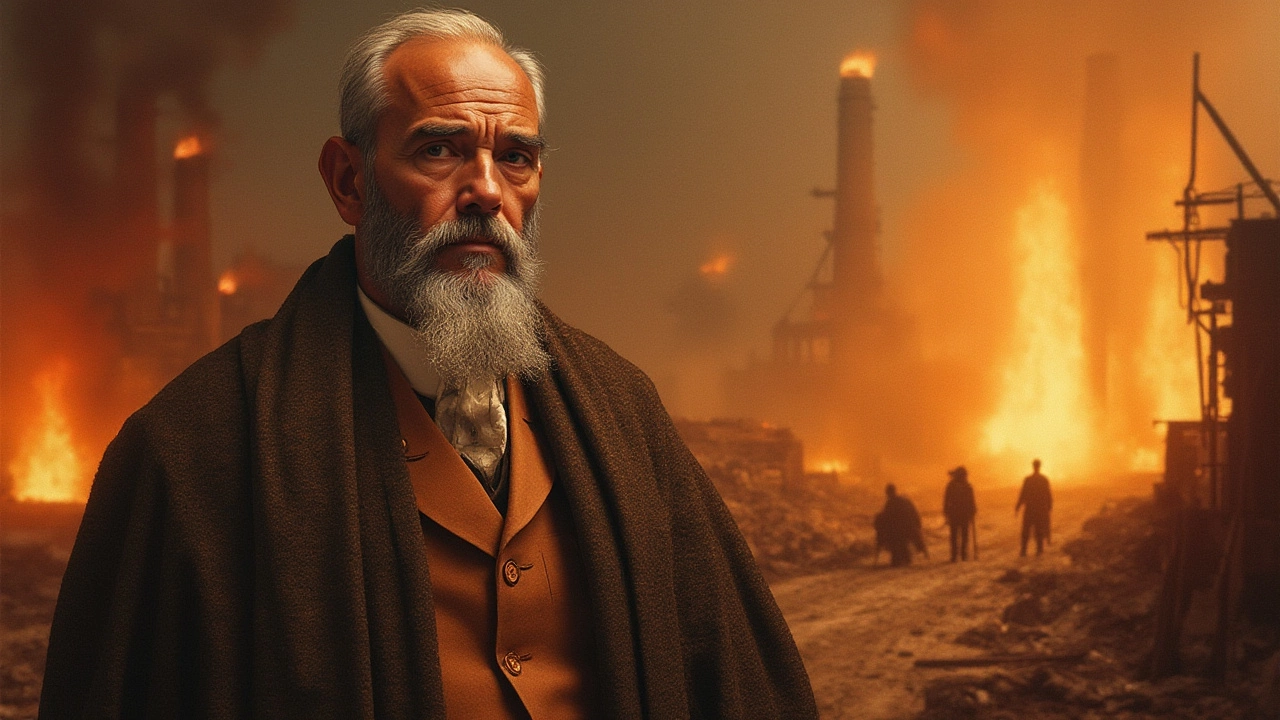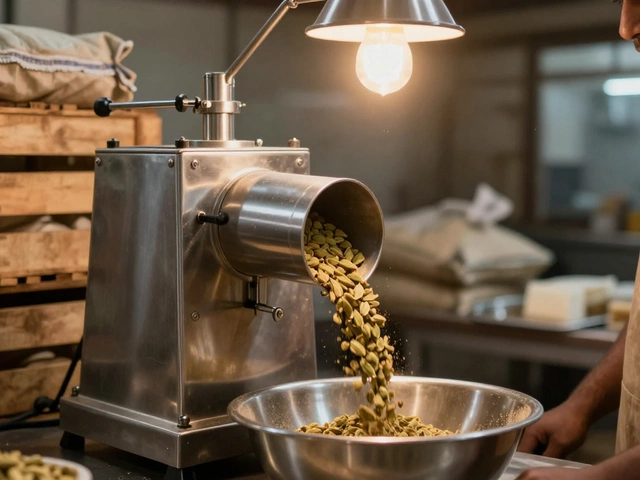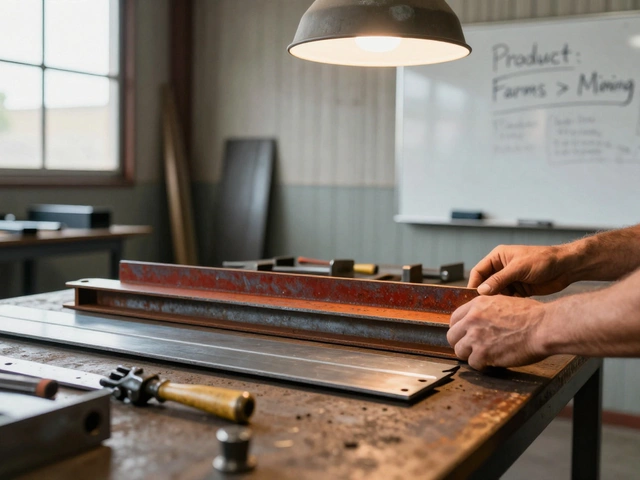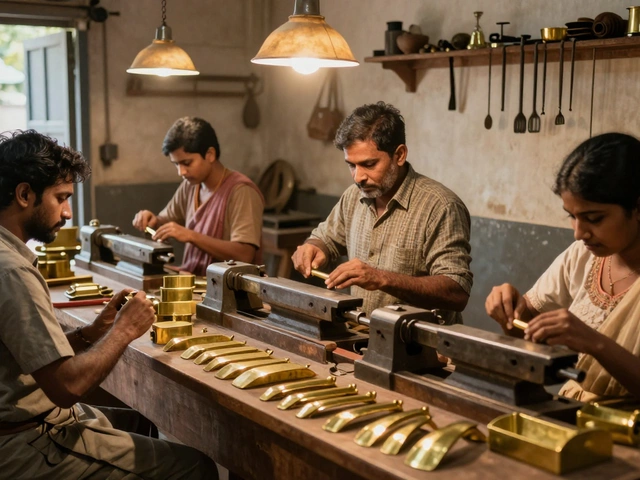Steel History: From Ancient Finds to Today’s Factories
When you hold a nail or a car door, you’re touching the result of thousands of years of steel development. The story starts with simple iron smelting and ends with ultra‑strong sheets that build skyscrapers. Let’s walk through the main steps so you can see how we got here.
Key Milestones in Steel Production
First humans learned to heat iron ore in open pits about 4,000 BC. The product was soft and brittle, but it gave early societies tools that lasted longer than stone. By the Roman era, blacksmiths were adding charcoal to remove impurities, creating a material we’d recognize as early steel.
The real game‑changer arrived in the 19th century with the Bessemer converter. Sir Henry Bessemer blew air through molten iron, stripping out excess carbon in minutes. This made steel cheap enough for railways, bridges, and mass‑produced goods. The next leap was the open‑ hearth furnace, which allowed more precise control of the alloy.
In the 20th century, continuous casting turned steelmaking into a nonstop line. Instead of pouring molten metal into molds, steel solidifies as it moves through rollers. The result is fewer defects, lower costs, and faster production. Today, electric‑arc furnaces recycle scrap metal, letting us make steel with less energy and lower emissions.
India’s Steel Journey: From Colonial Days to Global Player
India’s modern steel story began in the 1900s under British rule. Small mills produced rails for the expanding rail network, but capacity was limited. After independence, the government launched the Steel Authority of India Limited (SAIL) in the 1950s to build large integrated plants.
The 1970s saw the opening of the Bhilai and Rourkela steel plants, turning India into a major steel exporter. In the 1990s, liberalization attracted private players like Tata Steel, which upgraded its Jamshedpur plant with the latest technology.
Today, India ranks among the top five steel-producing countries. New facilities use ultra‑high‑strength steel for automobiles and infrastructure, and the sector is pushing for greener processes like hydrogen‑based reduction. The growth comes from rising demand for construction, transportation, and renewable energy projects.
Why does this history matter to you? Knowing the milestones helps you pick the right steel grade for a project, understand cost drivers, and anticipate future trends. For example, if a supplier claims “Bessemer‑grade” steel, you’ll know it’s an older, lower‑quality type compared to modern micro‑alloyed grades.
Also, the shift toward recycled steel means you can choose sustainable options without sacrificing strength. When you ask a contractor about the steel source, you can now discuss carbon footprints and recyclability.
In short, steel’s past is a roadmap for its future. From ancient furnaces to high‑tech plants, each breakthrough made the material stronger, cheaper, and more versatile. Keep an eye on new technologies—like 3D‑printed steel components—and you’ll stay ahead of the curve.
So the next time you see a bridge or a skyscraper, remember: it’s not just metal, it’s a story that started millennia ago and keeps evolving. Understanding that story gives you a better grip on today’s manufacturing world.
Who is the King of Steel? Origin, Legacy & Untold Facts
Find out who earned the 'King of steel' title, how they transformed the global steel industry, and check out some wild, lesser-known facts you never learned in class.
Read More




